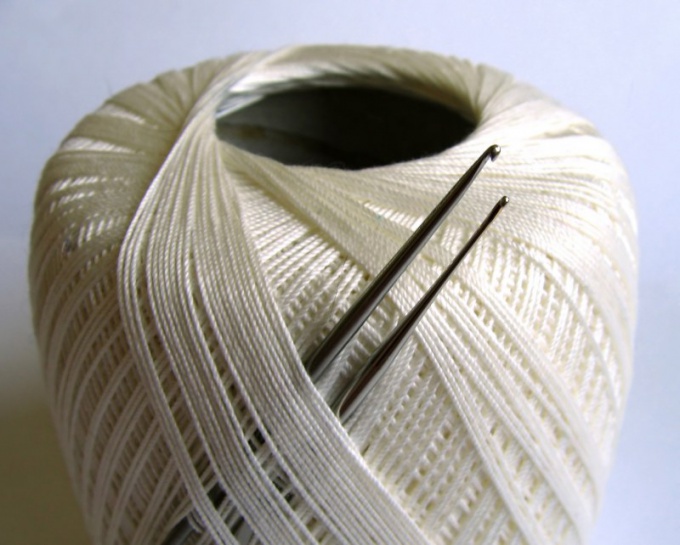You will need
- hook;
- - thread crochet;
- - a book for beginners to crochet;
- - computer with Adobe Photoshop.
Instruction
1
If you learn to knit book, first prepare yourself a manual. Special literature for the Leftyto continue to find problematic, but it will fit any allowance. You required mostly pictures. Scan, save and open in Adobe Photoshop. Flip them horizontally. You will receive more or less clear picture of how to hold the hook and where to stretch the thread. Similarly, we can proceed with the schemes of the patterns that are solid cloth. Circular motifs reflect not necessarily, because in this case all is equal, the direction in which to knit.
2
3
Take the hook in your left hand. The first time you can keep it as it is convenient, then the fingers themselves will take the desired position. With the right way the thumb of the left hand under the hook, and the middle and index on top. If the hook is in the middle of a flat plate, hold it in place. Guide the end of the hook into the knot, grab the thread and pull up a loop. Tighten the knot. Again, grab the working thread and pull it through just the loop. Knit chain of air loops to the desired length.
4
Learn simple columns. They have no fundamental differences from those that are performed with the right hand. Just you will not knit them right to left, and Vice versa. At the end of the chain make 1-2 loops of air to rise. Enter the hook in the lifting loop of the chain, pull the working thread and provarite the resulting loop together with the one that you have on the hook. Similarly, master the columns with nakida. In the end, you should have a canvas, which in appearance is no different from the wizard performed with the lead right hand.
5
Before you take the pattern from the book, read the Preface and see whether marked in the diagrams the direction of knitting. Many schemes are the same for Lefty, and right-handers. For example, where there is a regular interchange of columns with different numbers of nakido simple. In some cases it makes sense to rewrite the pattern for myself, after reading it in the opposite direction. It is easier when knitting complicated lace tape and some other delicate designs.
